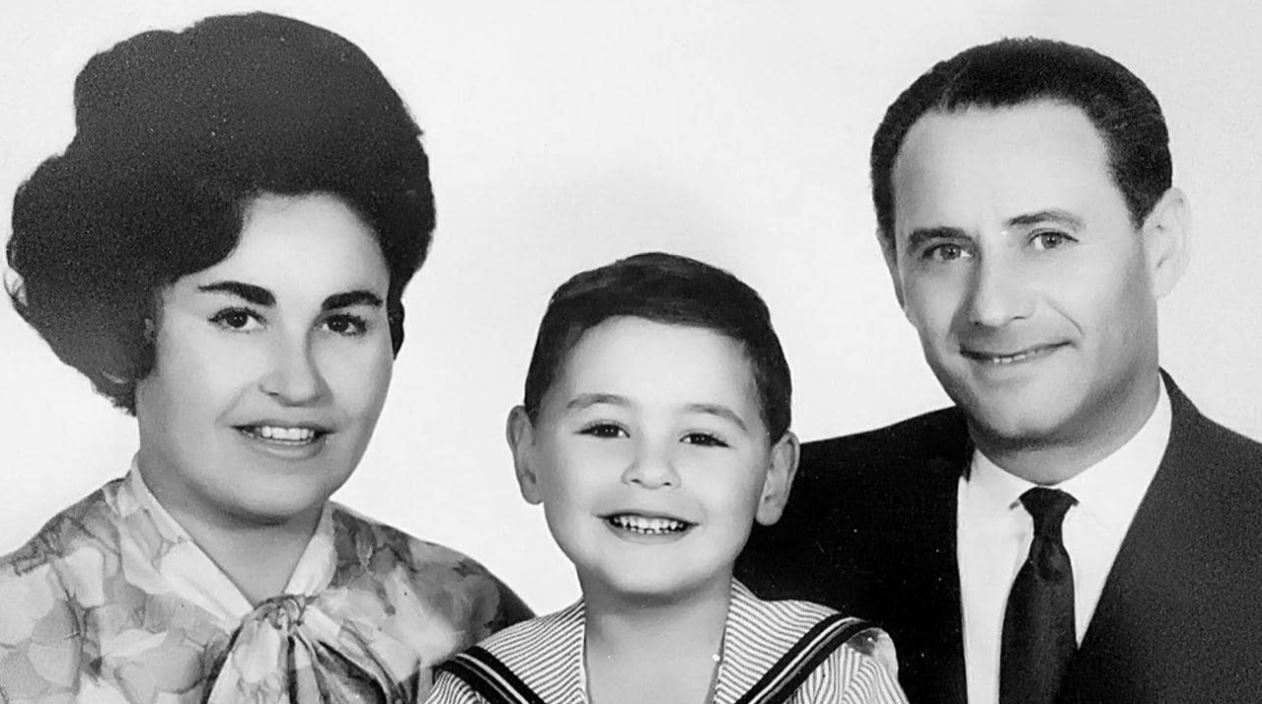The administrators of Auschwitz have warned historical errors in The Tattooist of Auschwitz are distorting wider understanding about Nazi Germany’s biggest concentration camp, saying the best-selling book is “almost without any value as a document”.
Pawel Sawicki, press officer at the Auschwitz-Birkenau Memorial and Museum, said that while there was no issue with fictionalising the Holocaust in general, “in this case there are too many inaccuracies that in a way distorted the image of Auschwitz as it was”.
“Its mixture of the true story of a person and all those mistakes that are around it are problematic because I believe most of those inaccuracies could have been avoided,” Mr Sawicki said.
The Tattooist of Auschwitz , by Australia-based author Heather Morris, tells of the love story between Lali Sokolov, the camp’s tattooist, and his future wife Gita, whom he met him when she was also imprisoned there. The couple, who have both died, spent their post-war decades in Melbourne.
The book, whose opening scene sees Lali (spelled Lale in the Australian edition) eyeing Gita for the first time when he is forced to re-tattoo a five-digit number on her arm, was Australia’s top fiction title for the first nine months of this year and has reached No 1 on The New York Times paperback fiction bestseller list. Hundreds of thousands of copies have been sold and the book has been widely translated. Plans for a miniseries have been announced and even a musical has been mooted.
Read the article by Fiona Harari in The Australian.

